Tamara Szentivanyi 🦇🦠🦟
@tamikasz.bsky.social
890 followers
690 following
20 posts
Researcher of mosquitoes, ticks and VBDs, bats and associated parasites and pathogens. amateur herper, interested in infectious wildlife diseases. Epidemiologist in training.
Posts
Media
Videos
Starter Packs
Reposted by Tamara Szentivanyi 🦇🦠🦟
Reposted by Tamara Szentivanyi 🦇🦠🦟
Reposted by Tamara Szentivanyi 🦇🦠🦟
SergioEfe
@sergioefe.bsky.social
· Aug 20

World Mosquito Day 2025: Europe sets new records for mosquito-borne diseases - ECDC supporting Member States in adapting to ‘new normal’
ECDC has warned that record breaking outbreaks of West Nile virus (WNV) infection and chikungunya virus disease point to a ‘new normal’ in Europe.
www.ecdc.europa.eu
Reposted by Tamara Szentivanyi 🦇🦠🦟
Reposted by Tamara Szentivanyi 🦇🦠🦟
Reposted by Tamara Szentivanyi 🦇🦠🦟
Reposted by Tamara Szentivanyi 🦇🦠🦟
Reposted by Tamara Szentivanyi 🦇🦠🦟
Reposted by Tamara Szentivanyi 🦇🦠🦟
Reposted by Tamara Szentivanyi 🦇🦠🦟
Reposted by Tamara Szentivanyi 🦇🦠🦟
Dave Hemprich-Bennett
@davehb.bsky.social
· Jun 12
Reposted by Tamara Szentivanyi 🦇🦠🦟
Moritz Kraemer
@mugkraemer.bsky.social
· Jun 10
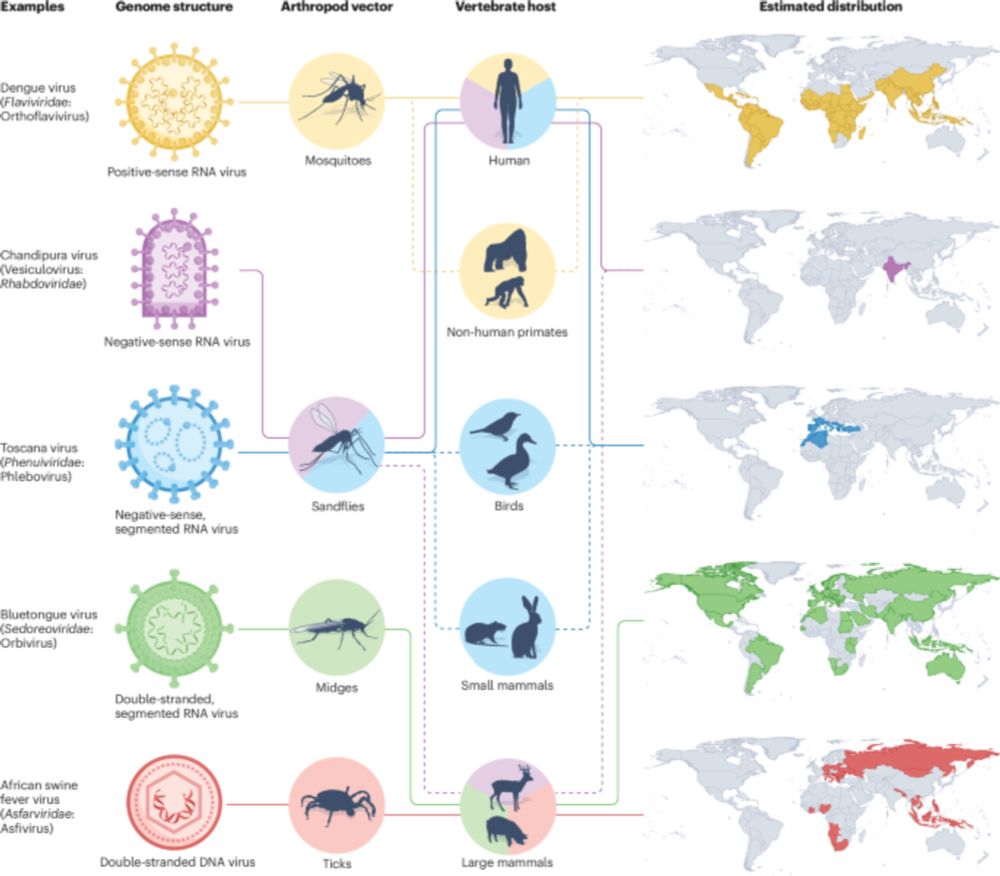
Phylogenetic insights into the transmission dynamics of arthropod-borne viruses - Nature Reviews Genetics
Arthropod-borne viruses have a substantial impact on global health, with climate change and urbanization exacerbating their emergence. Integrating genomic surveillance and phylogenetic models with eco...
www.nature.com
Reposted by Tamara Szentivanyi 🦇🦠🦟
Reposted by Tamara Szentivanyi 🦇🦠🦟
Reposted by Tamara Szentivanyi 🦇🦠🦟
Reposted by Tamara Szentivanyi 🦇🦠🦟
Reposted by Tamara Szentivanyi 🦇🦠🦟
@ERINHA-RI
@erinha-ri.bsky.social
· Mar 5

A WHO global framework to guide investigations into origins of potentially epidemic and pandemic pathogens - Nature Communications
In outbreak situations involving a novel pathogen timely and coordinated response is crucial. The WHO Scientific Advisory Group for the Origins of Novel Pathogens recently released a global framework ...
www.nature.com
Reposted by Tamara Szentivanyi 🦇🦠🦟
James Dickey
@jamesdickey.bsky.social
· Mar 4
NeoBiota
@neobiota.pensoft.net
· Mar 4
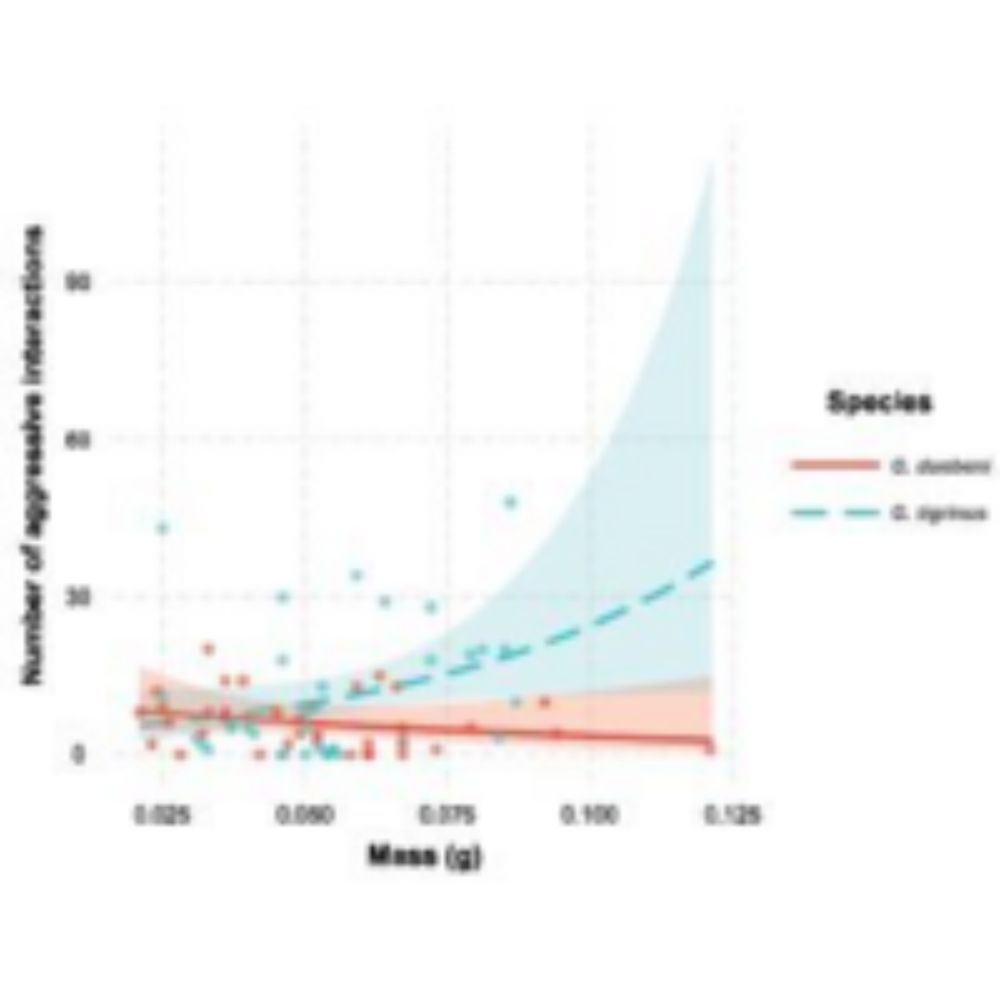
Food fight: Gammarus tigrinus demonstrate competitive advantage over native G. duebeni
Introductions of non-native species (NNS) are major drivers of biodiversity loss. Gammarids (Crustacea, Gammaroidea) have been particularly successful in establishing and spreading in their non-native...
doi.org
Reposted by Tamara Szentivanyi 🦇🦠🦟
Reposted by Tamara Szentivanyi 🦇🦠🦟






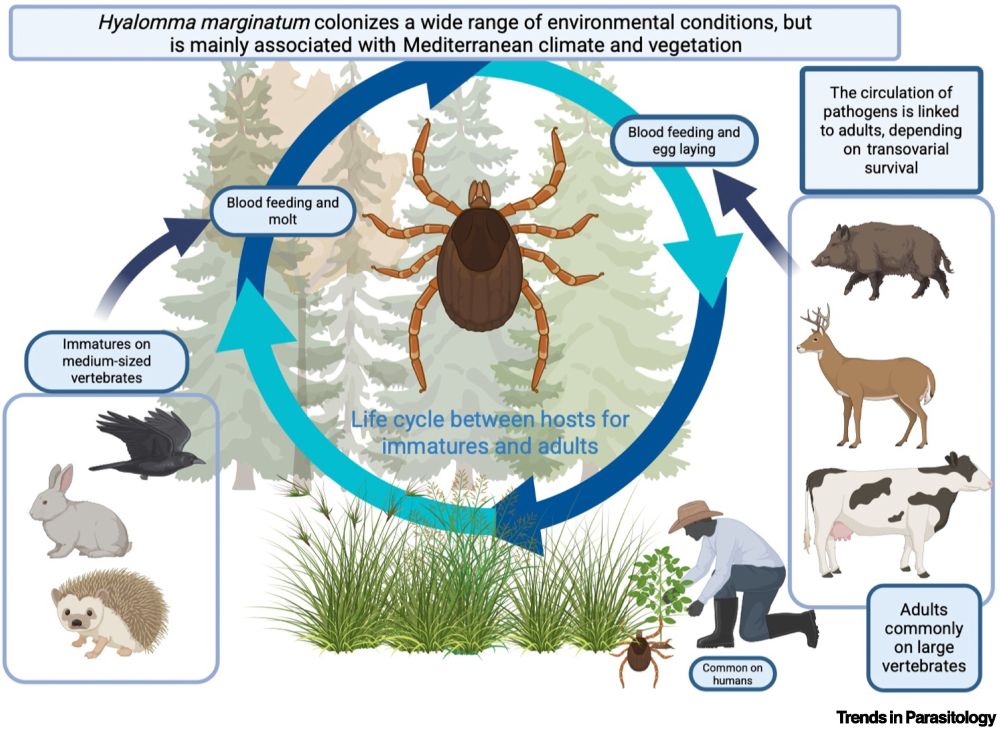
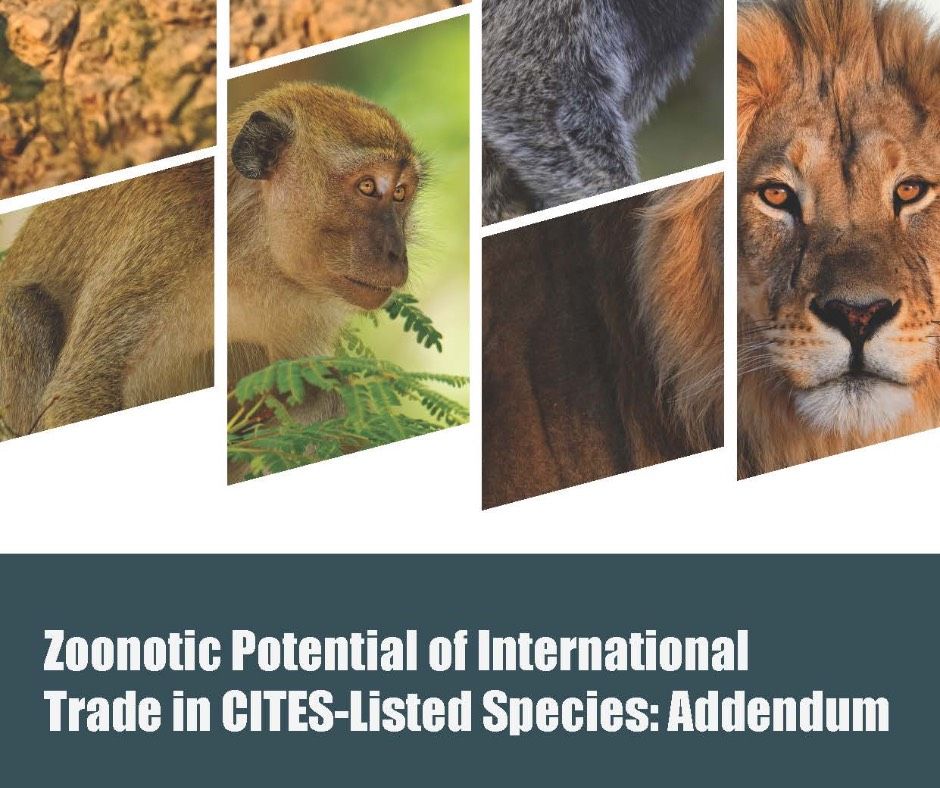
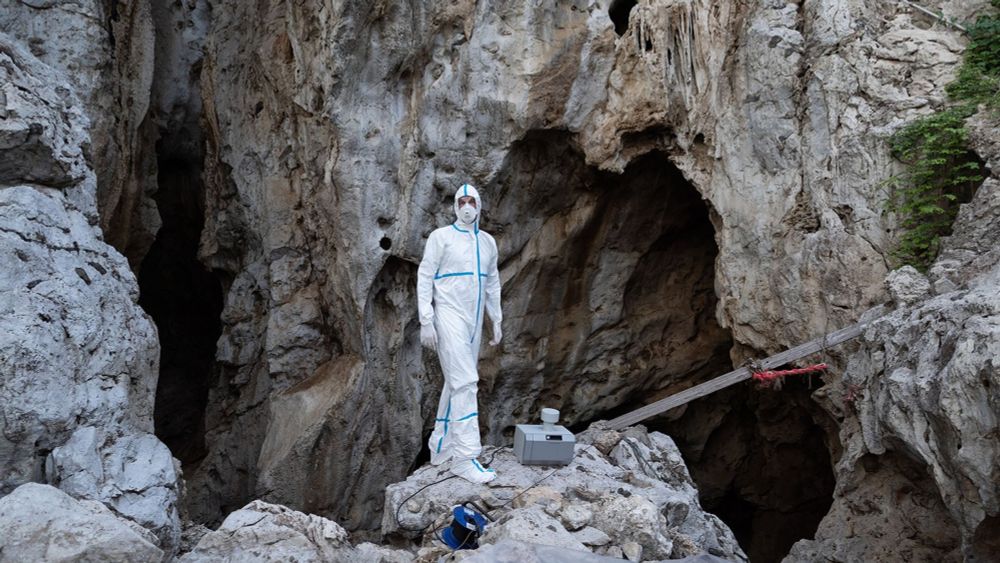

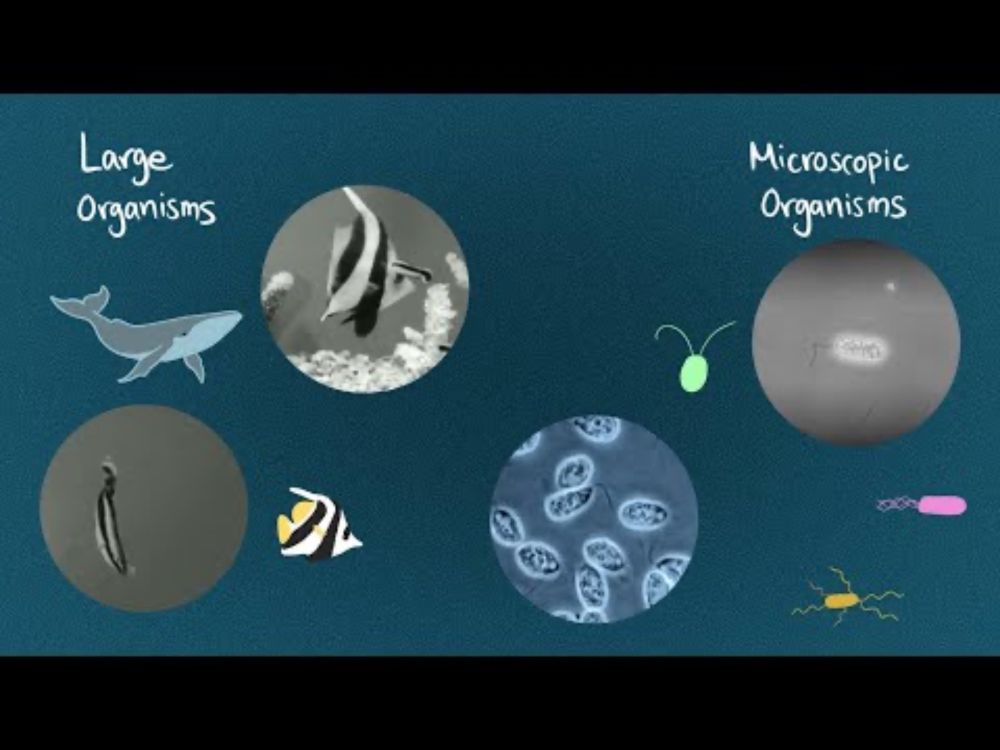
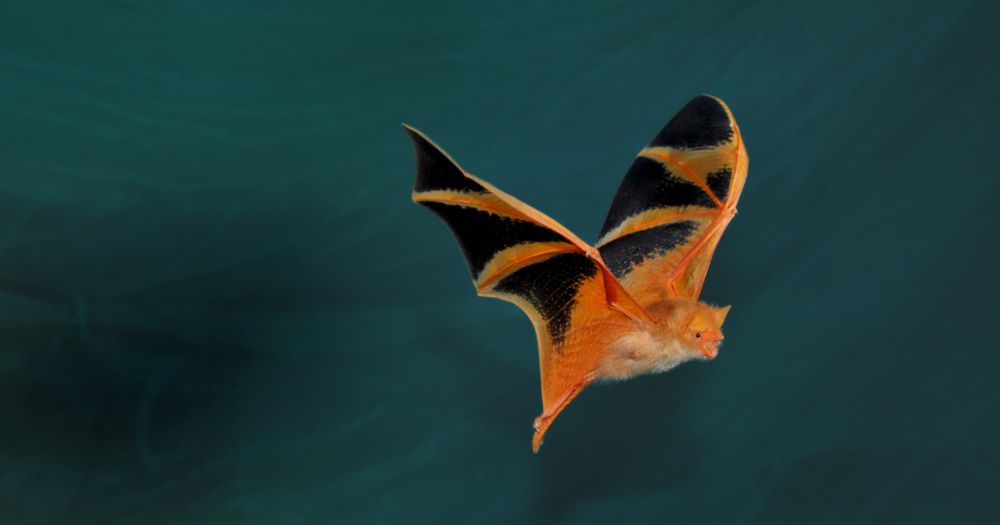
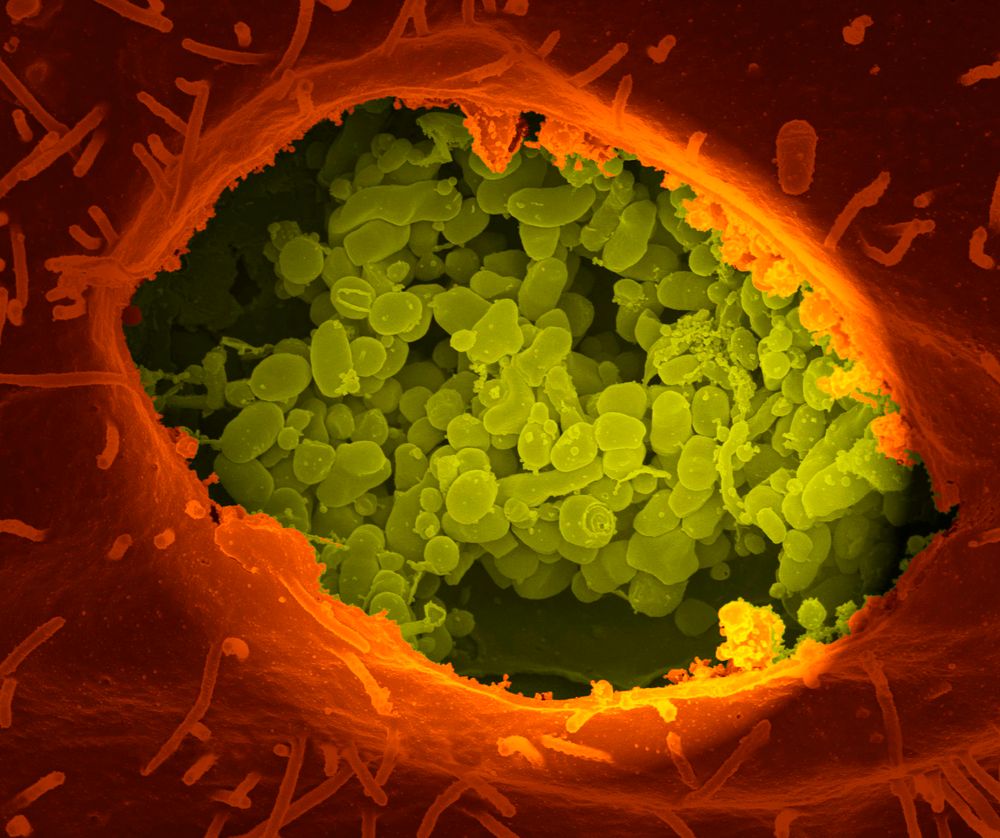
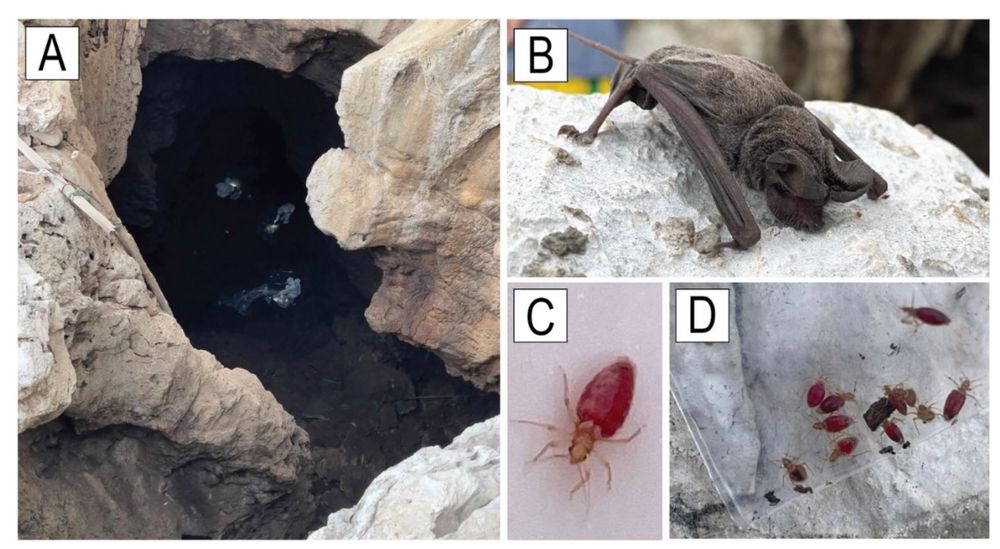
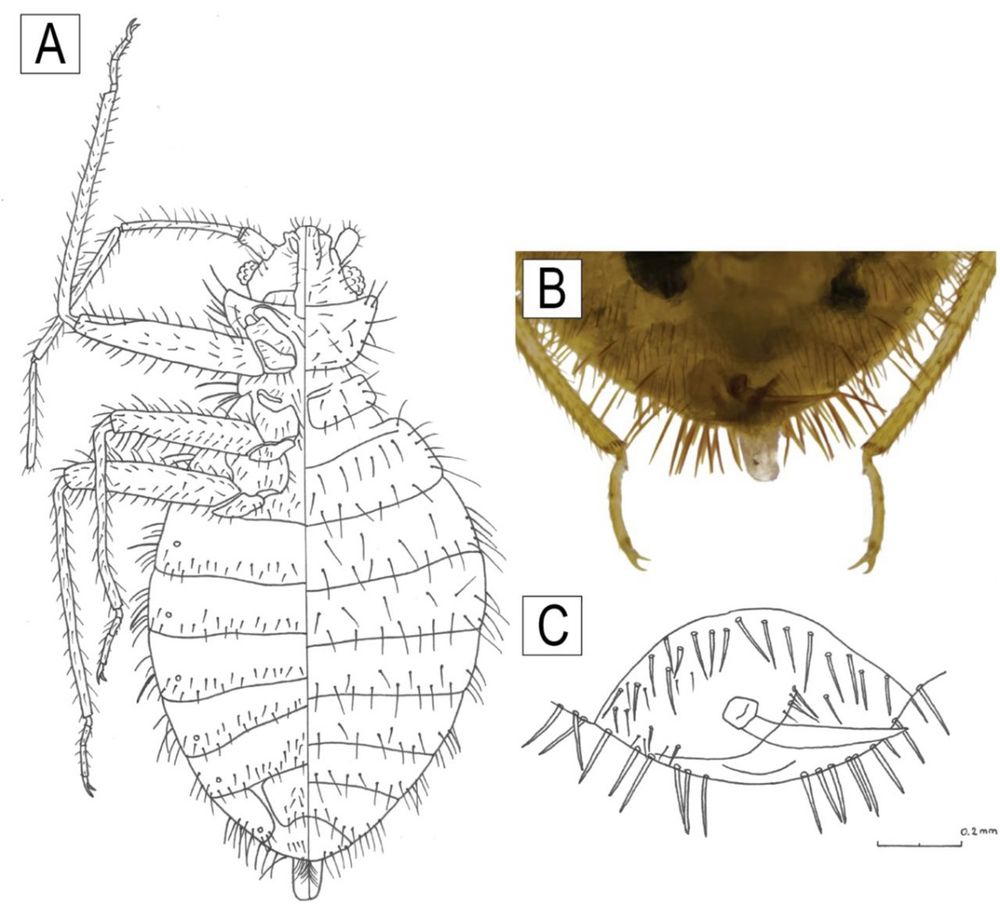
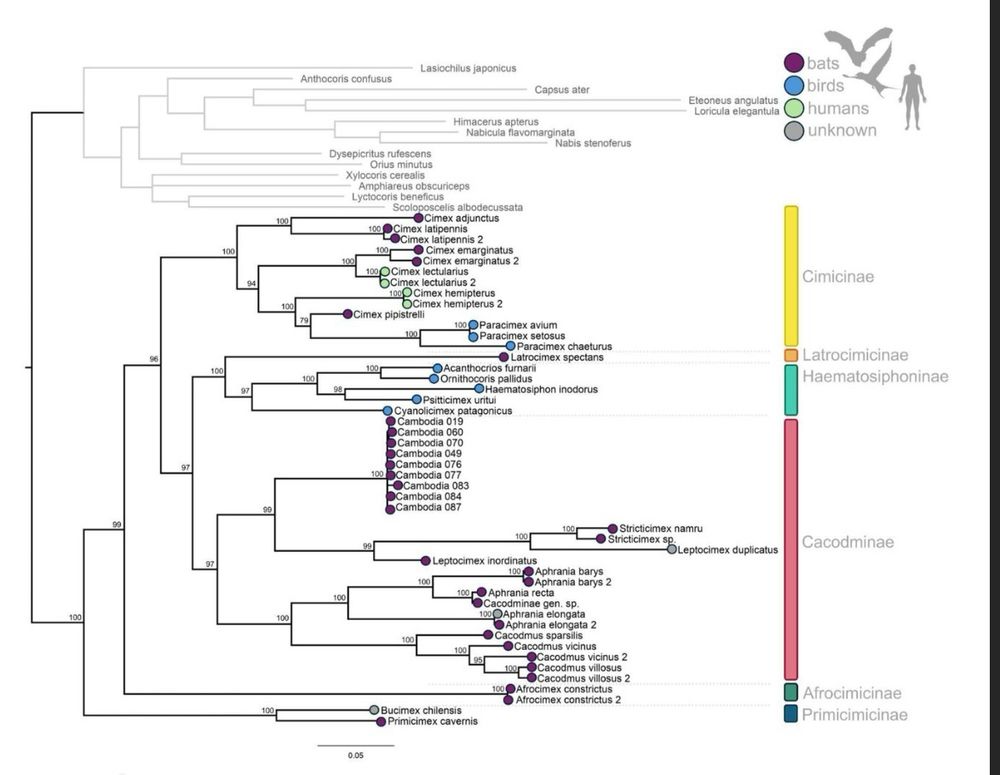

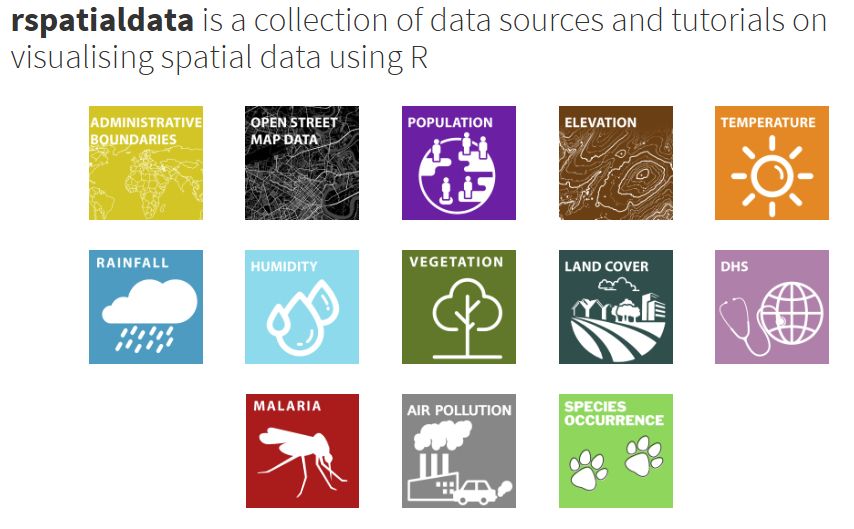

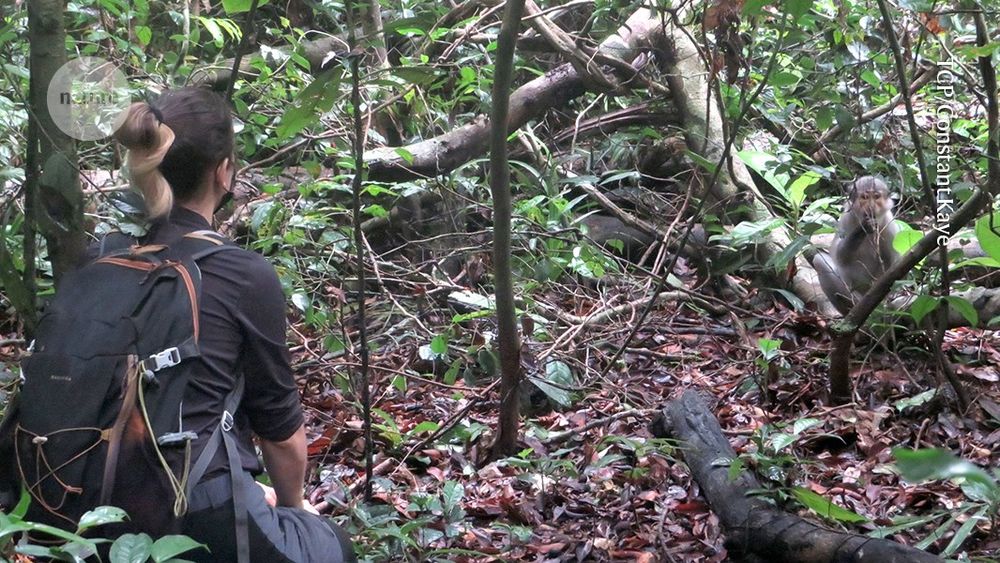
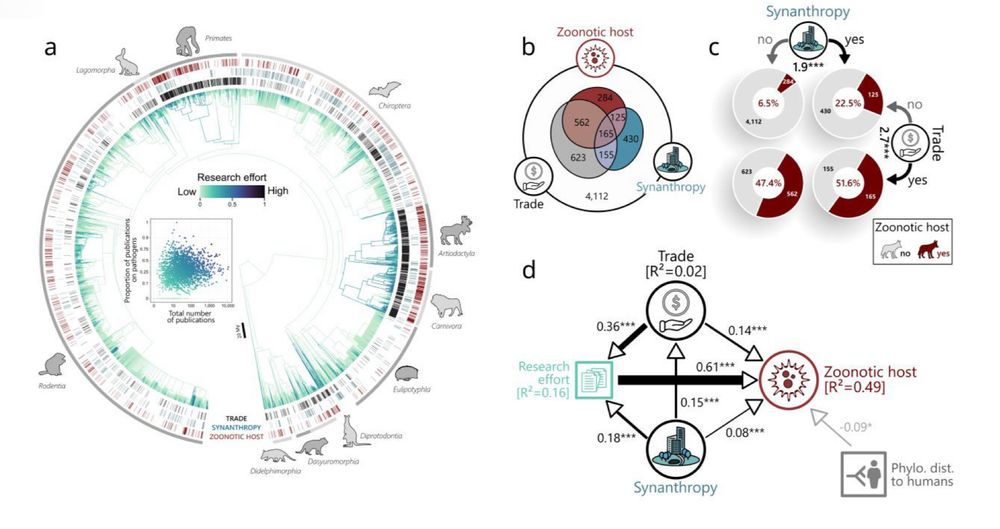
![Overcoming human aversion to parasites and their life cycles will be a key part of gaining support for parasite conservation: (left) bat fly (Nycteribiidae) on a Mozambique long-fingered bat (Miniopterus mossambicus) (photo by Piotr Naskrecki © [used with permission]), (centre) helminths in the feces of a gray seal (Halichoerus grypus) (photo by Simon Goodman ©), and (right) botfly larvae (Gasterophilus sp.) from the stomach of a mountain zebra (Equus zebra) (photo by Rupert Quinnell ©).](https://cdn.bsky.app/img/feed_thumbnail/plain/did:plc:ucamucj5jtq6lsbchnke27bv/bafkreiexal6qaz3tng5ra2vht5nzcr7qsq4qjmt464w5nfl7cge7mteb4q@jpeg)